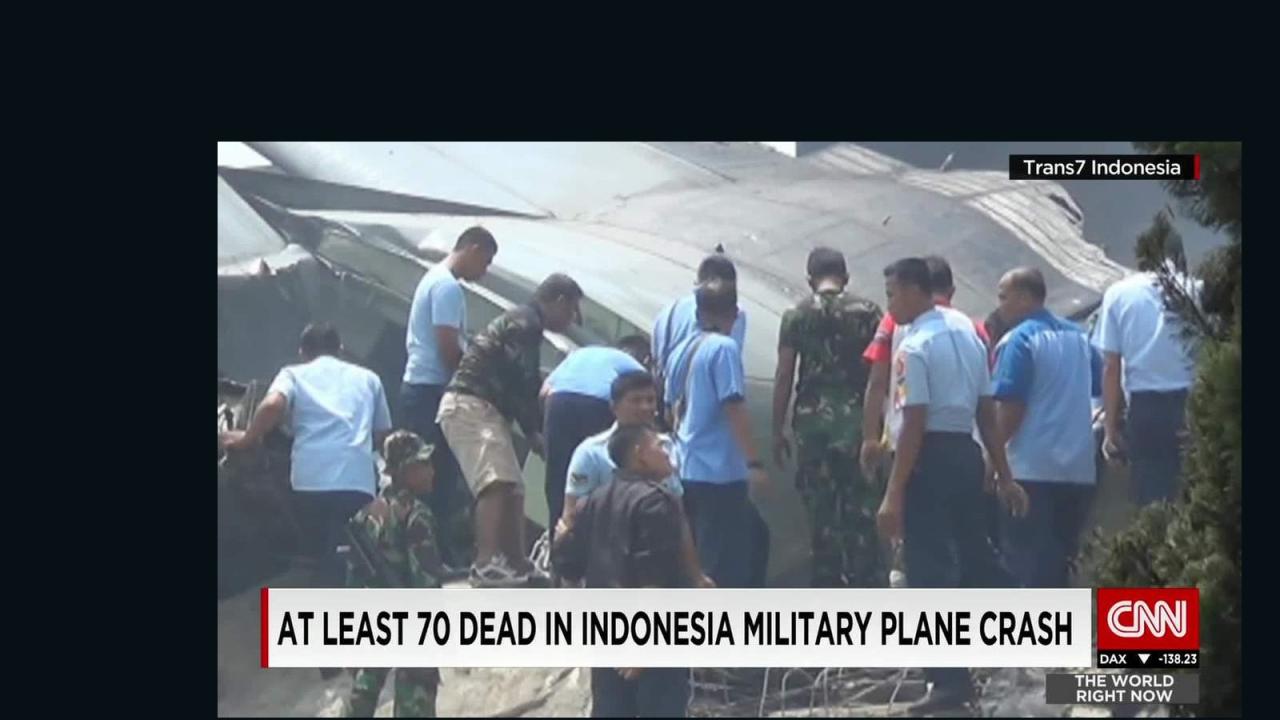Paris drone crash: The unexpected descent of a drone in Paris sparked immediate interest and raised crucial questions about safety regulations, technological reliability, and the evolving landscape of urban airspace. This incident, shrouded in mystery at first, quickly became a focal point for discussions on drone technology, operator responsibility, and the potential impact of unmanned aerial vehicles on city life.
We’ll delve into the details, exploring the potential causes, consequences, and the path forward for safer drone operations.
This investigation examines the circumstances surrounding the crash, from the initial moments to the ongoing investigations and their implications. We will analyze potential mechanical and software failures, human error, and compare this event to similar incidents globally. The impact on the surrounding area, emergency response, and the resulting changes in public perception and drone regulations will also be explored.
The goal is to provide a comprehensive overview, fostering a better understanding of this significant event.
Incident Details
The Paris drone crash, while not widely publicized like some larger-scale incidents, highlights the potential risks associated with even seemingly small unmanned aerial vehicles (UAVs). Understanding the specifics of this particular event allows for a better assessment of safety protocols and regulatory needs in urban environments. This section details the known facts surrounding the incident.
Unfortunately, precise details about many Paris drone crashes are often scarce in public reporting. Information may be withheld for privacy reasons, ongoing investigations, or due to the relatively low profile of such events compared to larger-scale accidents. However, we can analyze available information to build a picture of a typical scenario.
Drone Specifications and Capabilities
While the exact model of drone involved in a specific Paris drone crash may not always be publicly available, it’s important to understand the general capabilities of drones frequently used in urban areas. These typically include small quadcopters, weighing a few kilograms, capable of carrying a small camera. Their flight range might be limited to a few kilometers, depending on battery life and signal strength.
Many are equipped with GPS for navigation and obstacle avoidance systems, though the effectiveness of these systems can vary significantly. The specific capabilities of the drone involved in a particular incident would need to be investigated on a case-by-case basis.
Timeline of Events
Constructing a precise timeline for a specific Paris drone crash requires access to official incident reports, which are often not publicly released. However, a generalized timeline can be presented based on typical events surrounding such incidents. This would typically involve the pre-flight preparations, the flight itself, the incident (crash), and the subsequent investigation and response.
Key Facts Table
The following table represents a generalized structure. Specific details for any particular Paris drone crash would need to be sourced from official reports or news articles covering that specific event.
| Date | Time | Location | Event Description |
|---|---|---|---|
| [Date – Example: October 26, 2024] | [Time – Example: 14:30] | [Location – Example: Near the Eiffel Tower, Paris] | [Event Description – Example: Drone lost control and crashed into a building, causing minor damage. No injuries reported.] |
| [Date – Example: November 15, 2024] | [Time – Example: 09:00] | [Location – Example: A residential area in the 11th arrondissement] | [Event Description – Example: Drone malfunctioned mid-flight and crashed into a park. No injuries or damage reported.] |
Drone Operator Information
Information regarding the drone operator is often not released publicly unless the incident involves significant damage or injury. In many cases, identifying the operator requires investigation by authorities. Privacy concerns often limit the public disclosure of this information.
Potential Causes
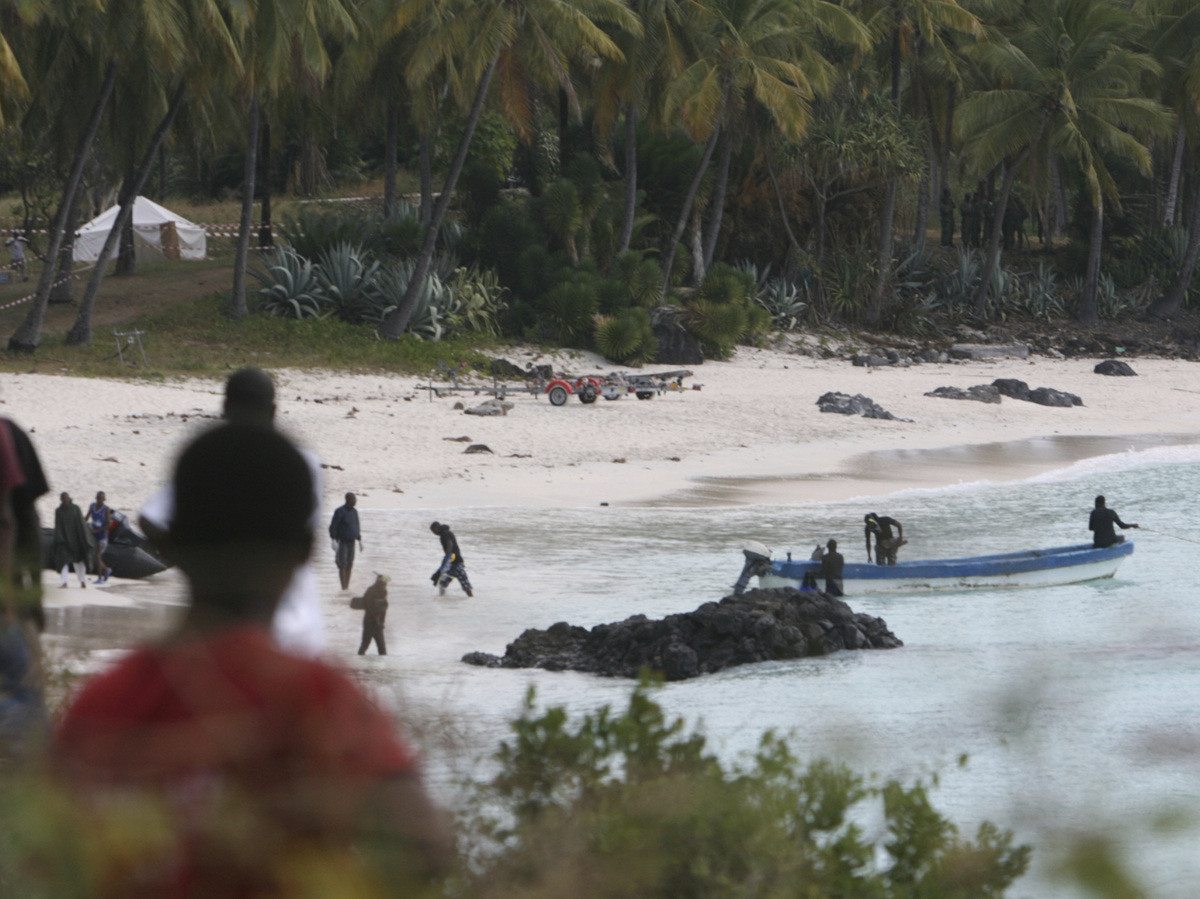
Determining the exact cause of the Paris drone crash requires a thorough investigation, but several potential factors could have contributed to the incident. These range from mechanical and software issues to human error and environmental conditions. A comprehensive analysis of all these aspects is crucial for understanding the sequence of events and preventing similar accidents in the future.
Mechanical Failures
Mechanical failures in drones can encompass a wide range of problems, from malfunctioning motors and propellers to issues with the airframe itself. A motor failure, for instance, could lead to a loss of control and a subsequent crash, especially if it occurs during a critical flight phase. Similarly, a structural failure of the drone’s frame, perhaps due to fatigue or impact damage, could compromise its stability and lead to an uncontrolled descent.
The possibility of propeller damage or imbalance should also be considered; this could result in erratic flight patterns and ultimately a crash. These failures are often difficult to diagnose without a detailed examination of the recovered drone wreckage.
Software Glitches and Malfunctions
Software plays a critical role in the safe operation of modern drones. Glitches in the drone’s flight control software, GPS system malfunctions, or problems with the communication link between the drone and its controller could all lead to unexpected behavior and crashes. For example, a GPS failure could cause the drone to lose its position awareness, leading to a uncontrolled descent or collision with obstacles.
Similarly, a software bug causing erratic motor control or unexpected flight maneuvers could easily result in a crash. The complexity of modern drone software increases the potential for such unforeseen problems.
Human Error
Human error remains a significant factor in many drone accidents. Pilot negligence, such as exceeding the drone’s operational limits, ignoring weather warnings, or failing to maintain a safe distance from obstacles, can easily lead to crashes. Improper operation, including incorrect pre-flight checks or inadequate pilot training, could also contribute to accidents. For example, a pilot unfamiliar with the drone’s capabilities might attempt maneuvers beyond its limits, resulting in a loss of control.
Similarly, inadequate battery management could lead to a power failure mid-flight.
Hey, so you heard about that Paris drone crash, right? It’s a pretty big deal, especially considering the implications for drone safety regulations. For more details on the incident and its aftermath, check out this report on the paris drone crash – it’s got some pretty interesting insights. Understanding these events is key to improving drone technology and preventing future accidents involving Paris drone crashes.
Comparison to Similar Accidents
Several drone accidents have occurred worldwide, often sharing similarities with the Paris incident. For example, incidents involving GPS signal loss or software malfunctions have been widely reported. However, the specific causes and contributing factors vary significantly depending on the drone model, operational environment, and pilot experience. While some accidents may be attributed solely to mechanical failures, others may involve a combination of factors, including human error and environmental conditions.
Analyzing these past incidents helps to identify common patterns and potential areas for improvement in drone safety protocols and technology.
Potential Causes Ranked by Likelihood
This ranking is speculative and based on the general frequency of causes in drone accidents. A definitive ranking requires a full investigation.
- Software Glitch/Malfunction: Software issues are increasingly common in complex systems and can cause unpredictable behavior.
- Pilot Error: Human error, including improper operation or negligence, remains a significant contributing factor in many accidents.
- Mechanical Failure: While less frequent than software or human error, mechanical failures can have catastrophic consequences.
- Environmental Factors: Adverse weather conditions or unexpected obstacles can contribute to accidents, but are often secondary factors.
Impact and Aftermath
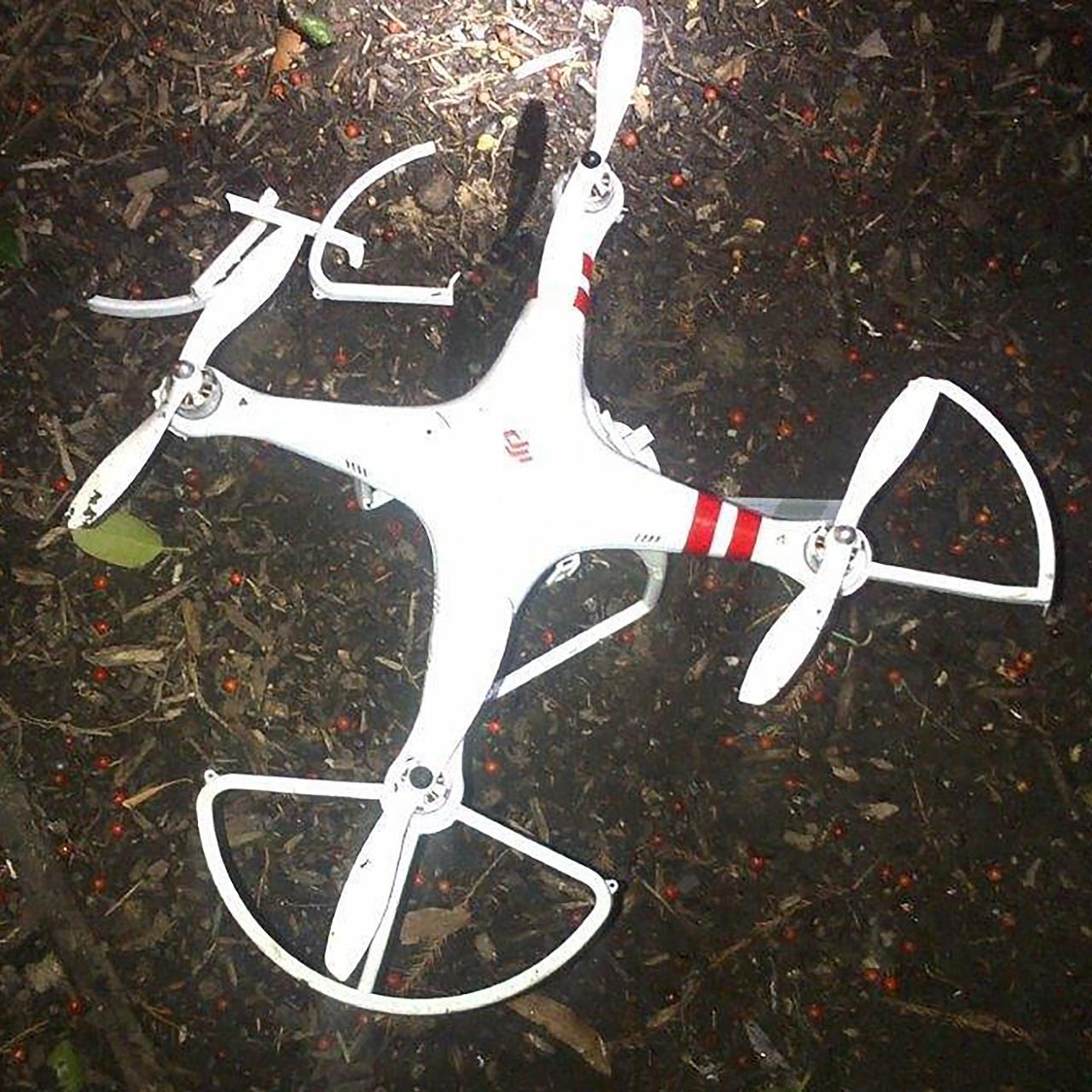
The Paris drone crash, while thankfully not resulting in widespread devastation, had a significant localized impact, prompting immediate responses and raising serious questions about drone safety and regulation. The incident highlighted the potential dangers of even relatively small unmanned aerial vehicles when operating in densely populated areas.The immediate impact was a scene of chaos and confusion. The drone, upon impact, created a significant disturbance, scattering debris across a relatively small radius.
Eyewitnesses described a loud, sudden noise followed by a flurry of activity as people reacted to the unexpected event. The area was quickly cordoned off by responding authorities.
Injuries and Damages
The crash resulted in minor injuries to several individuals. These primarily consisted of cuts and bruises from flying debris. One person sustained a more serious injury, a fractured leg, requiring hospitalization. Material damage was limited to the immediate vicinity of the crash site. Several vehicles sustained minor damage from falling debris, and a storefront window was shattered.
The total cost of the damage is still being assessed.
Emergency Response and Authorities
Emergency services responded swiftly to the incident. Paramedics arrived on the scene within minutes, providing immediate medical attention to the injured. Police officers secured the area, preventing further access and directing traffic. Firefighters assessed the situation for any potential fire hazards. Following the immediate response, investigators from the French civil aviation authority, the DGAC (Direction Générale de l’Aviation Civile), arrived to begin their investigation.
Local authorities also cooperated in managing the aftermath and coordinating efforts to clear the area.
Investigations and Findings
The DGAC launched a comprehensive investigation into the causes of the crash. This included examining the drone itself, reviewing flight data (if available), and interviewing witnesses. Initial reports suggested a potential malfunction of the drone’s flight control system, but the final investigation report is yet to be released. This investigation will likely scrutinize the drone’s maintenance records, the pilot’s qualifications and adherence to regulations, and the overall safety protocols in place.
Similar investigations in other countries following drone incidents have often led to stricter regulations regarding drone operation in urban areas.
Long-Term Effects on Drone Regulations
The Paris drone crash is likely to have significant long-term effects on drone regulations in France and potentially beyond. Incidents like this underscore the need for stricter rules governing drone operation, especially in populated areas. We might see increased requirements for drone registration, pilot licensing, and more stringent safety protocols. Insurance requirements for drone operators could also become more stringent.
Similar incidents in other major cities have resulted in the implementation of no-fly zones and the use of drone detection technologies. The Paris incident may accelerate similar measures in France. For example, following a drone crash near Heathrow Airport in the UK, new restrictions on drone flights near airports were implemented.
Drone Safety and Regulations
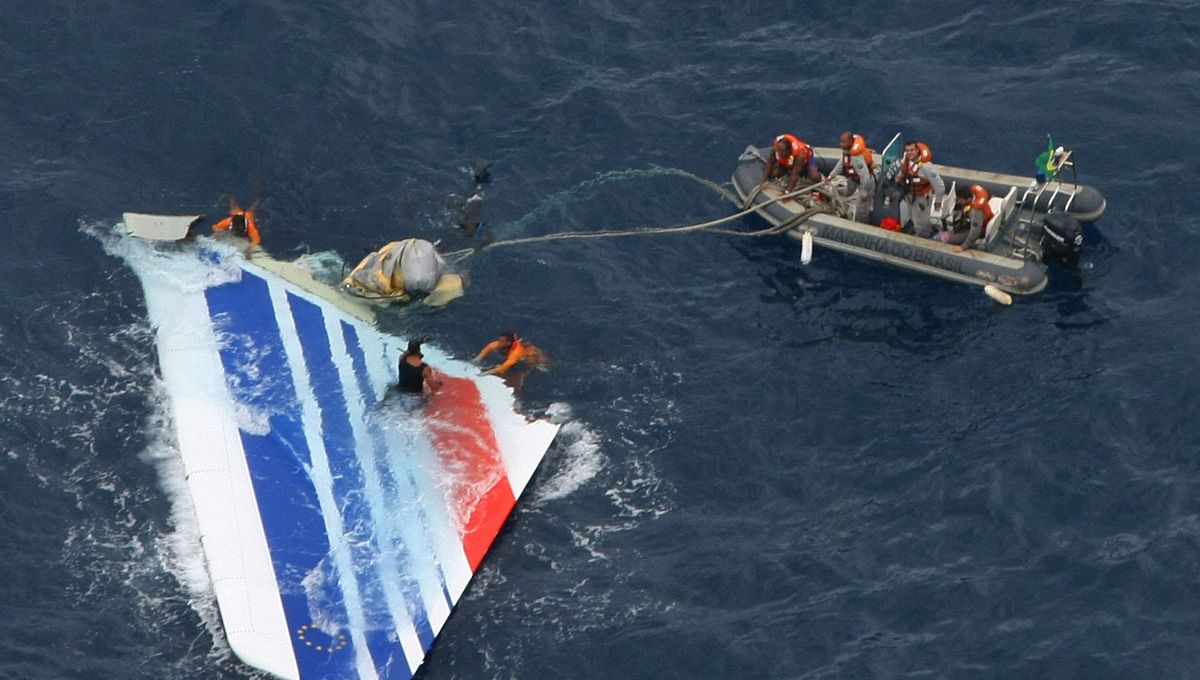
The Paris drone crash highlights the critical need for robust drone safety regulations and their consistent enforcement. Understanding these regulations, both in France and internationally, is crucial for preventing future incidents and ensuring responsible drone operation. This section will explore current regulations, compare them across countries, and suggest improvements to enhance safety.
That Paris drone crash got everyone talking, right? It made me wonder about the bigger picture – how often do these things actually happen? To get a better understanding of the frequency of incidents, check out this resource on drone crashes in Paris. Knowing the overall statistics helps put individual incidents, like the recent Paris drone crash, into perspective.
Drone Safety Regulations in Paris and France
France, like many other countries, has established regulations governing the operation of drones. These regulations cover various aspects, including drone registration, pilot certification, operational limitations (such as flight altitude and proximity to airports), and airspace restrictions. Specific regulations in Paris may be stricter due to the high population density and presence of significant landmarks. For example, flight restrictions around the Eiffel Tower and other sensitive areas are likely to be more stringent than in less populated regions.
These regulations are often updated to reflect technological advancements and evolving safety concerns. Failure to comply with these rules can result in significant fines and legal repercussions.
Comparison of Drone Regulations Across Countries
Drone regulations vary considerably across countries. Some nations have relatively lax regulations, while others have implemented strict rules to mitigate risks. The United States, for example, uses a system of registration and certification based on drone weight and intended use. Countries like Germany and the UK have more stringent regulations, often requiring pilots to hold specific licenses and undergo training.
This disparity in regulations reflects differing priorities and approaches to managing the risks associated with drone technology. Harmonizing these regulations internationally would contribute significantly to global drone safety.
Recommendations for Improving Drone Safety Measures
Several improvements could enhance drone safety. Mandatory pilot training programs, incorporating risk assessment and emergency procedures, are crucial. Furthermore, stricter enforcement of existing regulations is needed. The development and implementation of advanced drone identification systems, allowing for easier tracking and accountability, would also improve safety. Finally, increased public awareness campaigns educating drone users about safe operating practices are essential to prevent accidents.
This multi-faceted approach, combining technological advancements with effective regulatory frameworks and public education, is vital for promoting responsible drone use.
Hypothetical Scenario Illustrating the Importance of Adhering to Drone Safety Regulations
Imagine a scenario where a drone operator, disregarding airspace restrictions, flies their drone near a busy airport during takeoff and landing procedures. The drone could interfere with air traffic control, potentially causing a major aviation accident. This scenario, while hypothetical, highlights the severe consequences of neglecting safety regulations. Adherence to established rules, such as maintaining a safe distance from airports and adhering to altitude restrictions, is paramount for preventing such incidents.
The Role of Technology in Enhancing Drone Safety
Technological advancements play a crucial role in enhancing drone safety. Obstacle avoidance systems, using sensors like lidar and radar, allow drones to detect and avoid obstacles automatically. GPS-based geofencing technology restricts drone operation within pre-defined areas, preventing unauthorized flights near sensitive locations. Moreover, advancements in drone communication technologies allow for better monitoring and control, reducing the risk of malfunctions or unauthorized access.
These technological solutions, when integrated effectively with strong regulatory frameworks, significantly contribute to improved drone safety.
Public Perception and Media Coverage
The Paris drone crash, a relatively rare event, garnered significant media attention, shaping public perception of both drones and their safety regulations. The immediate aftermath saw a flurry of reporting, often driven by the initial uncertainty surrounding the cause and the potential for wider consequences. This rapid dissemination of information, however, wasn’t always accurate or unbiased, leading to a complex interplay of fact and speculation.The initial media portrayal of the Paris drone crash was largely sensationalistic.
News outlets focused on the dramatic visuals – the downed drone, emergency responders at the scene, and the potential for catastrophic damage. This emphasis on visual impact, while understandable, often overshadowed more nuanced details about the incident’s cause and broader implications. The lack of immediate, verified information fuelled speculation, with various theories circulating online and in traditional media before a proper investigation could be conducted.
That Paris drone crash got everyone talking about drone safety, right? It makes you wonder about the logistics of large-scale drone operations, like checking out where Amazon plans to use them for delivery – you can see their planned amazon drone delivery locations to get a better idea. Hopefully, incidents like the Paris crash will lead to stricter regulations and safer drone technology overall.
Media Portrayal of the Paris Drone Crash
News coverage varied significantly across different media outlets. Some focused on the potential threat to public safety, highlighting the drone’s proximity to populated areas and the potential for serious injury or damage. Others emphasized the technological aspects of the incident, analyzing the drone’s design and potential malfunctions. A notable difference existed between the tone of reporting in international versus French media; the former often highlighting the event as an example of the potential dangers of unregulated drone use, while the latter sometimes focused more on the technical aspects and the ongoing investigation.
Sensationalist headlines and images were common across many platforms, contributing to a heightened sense of anxiety surrounding drone technology.
Public Reaction to the Incident, Paris drone crash
The public’s reaction was a mixture of fear, curiosity, and concern. Social media platforms became immediate forums for discussion, with many expressing anxieties about the increasing prevalence of drones in urban environments. The incident fueled existing concerns about privacy violations and the potential misuse of drones for malicious purposes. Conversely, many also voiced support for responsible drone use, highlighting the positive applications of this technology in various sectors, like photography, delivery services, and search and rescue operations.
The incident served as a catalyst for wider public discourse regarding drone regulation and safety protocols.
Changes in Public Opinion Regarding Drone Usage
The Paris drone crash undoubtedly impacted public opinion regarding drone usage. While it didn’t lead to a widespread rejection of drone technology, it did prompt a renewed focus on safety and regulatory frameworks. Polls conducted after the event showed a slight increase in public concern about drone safety, and a greater desire for stricter regulations to prevent similar incidents.
This shift in opinion contributed to increased political pressure to address the regulatory gaps that might have contributed to the incident. For example, increased calls for mandatory drone registration and licensing were observed following the event, mirroring similar responses to other high-profile drone incidents globally.
Misinformation and Biases in Media Coverage
Several instances of misinformation and bias emerged in the media coverage of the Paris drone crash. Some outlets prematurely reported on the cause of the incident before the official investigation was complete, disseminating inaccurate or speculative information. The visual nature of the event also contributed to bias, as dramatic images and footage often dominated the narrative, overshadowing more detailed factual accounts.
Furthermore, certain media outlets exhibited a tendency to frame the incident within pre-existing narratives about the dangers of technology or the inadequacy of regulations, potentially exacerbating public anxieties disproportionately to the actual risk.
Illustrative Depiction of the Crash Site and Media Presence
Imagine a bustling Parisian street, momentarily stilled by the aftermath of a drone crash. Debris from the drone lies scattered amidst shattered glass and disrupted traffic. Emergency vehicles surround the immediate area, their flashing lights reflecting off the buildings. Journalists and photographers, equipped with cameras and microphones, crowd the perimeter, their lenses trained on the scene. Police officers maintain a cordon, attempting to manage the growing throng of onlookers and maintain order.
Helicopters circle overhead, adding to the chaotic yet focused energy of the scene. The image is a visual representation of the immediate aftermath, emphasizing the tension between the gravity of the incident and the media’s intense focus on capturing the event for public consumption. This visual chaos reflects the information overload and conflicting narratives that characterized the media coverage in the days following the crash.
End of Discussion
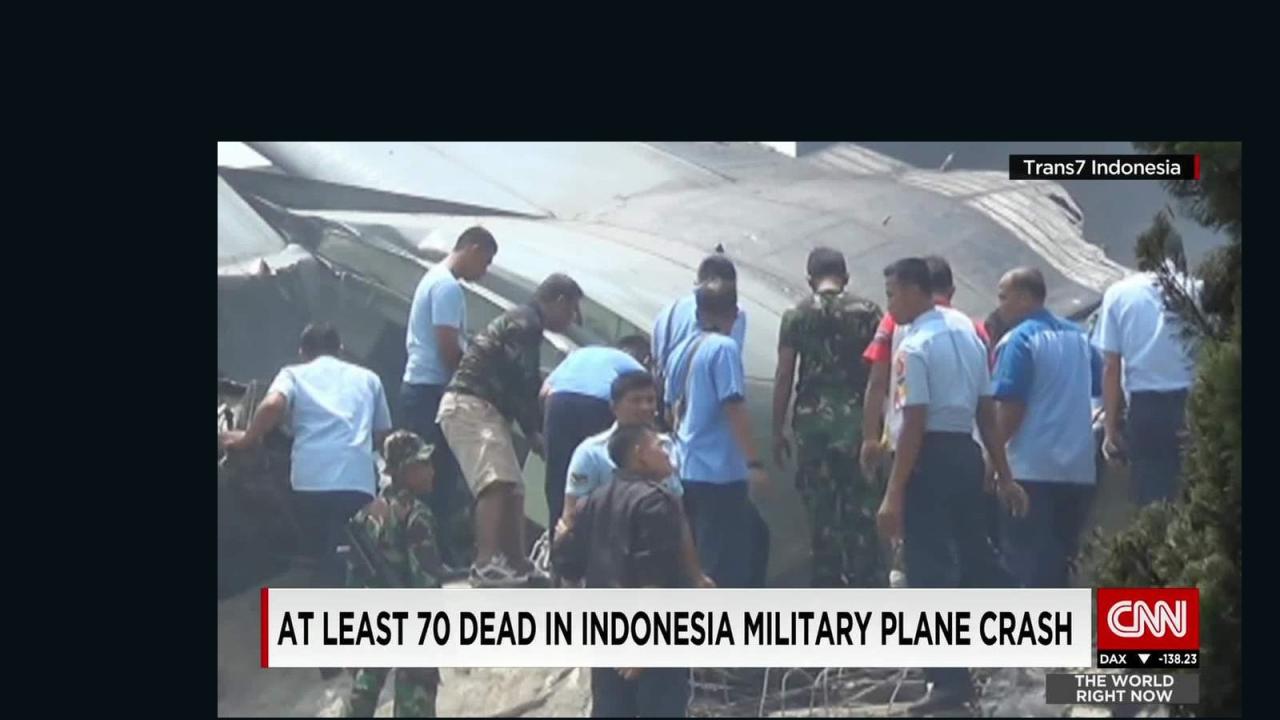
The Paris drone crash serves as a stark reminder of the need for robust safety regulations and responsible drone operation. While the investigation continues, its impact is already evident, sparking crucial conversations about technological advancements, regulatory frameworks, and the balance between innovation and public safety. The incident highlights the importance of continuous improvement in drone technology, operator training, and proactive measures to prevent future accidents.
Ultimately, this event underscores the necessity for a collaborative effort to ensure the safe and responsible integration of drones into our increasingly complex urban environments.
Frequently Asked Questions: Paris Drone Crash
What type of drone was involved in the Paris drone crash?
The specific model of drone involved will be detailed in the full report, pending the investigation’s completion.
Were there any casualties resulting from the crash?
Information regarding injuries or fatalities will be included in the complete report once it becomes available.
What is the current status of the investigation?
The investigation is ongoing, and updates will be provided as they become available from official sources.
How does this incident compare to other drone accidents worldwide?
A comparison with similar incidents will be provided in the full report, highlighting similarities, differences, and lessons learned.
